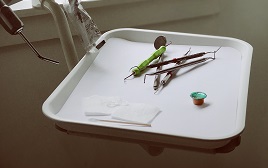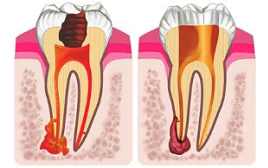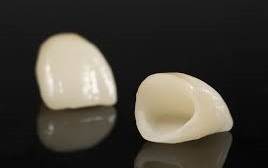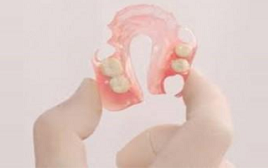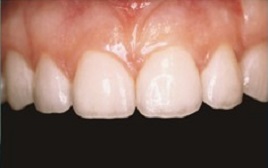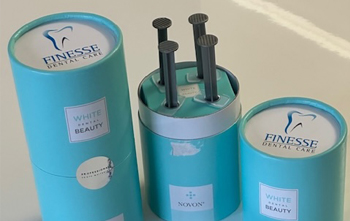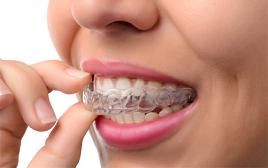Fillings
A filling replaces part of a tooth that has been lost because of decay or through accidental damage.
There are a number of different fillings, including:
- Composite and Glass Ionomer (tooth coloured).
- Porcelain inlays and onlays (tooth coloured).
- Amalgam (silver coloured).
1. Composite/White fillings
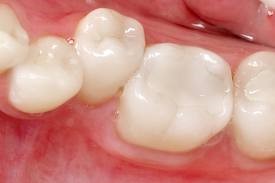
Composite fillings are tooth coloured and are made from powdered glass quartz, silica or other ceramic particles added to a resin base. They are more natural looking and are asthetically better. After the tooth is prepared, the filling is bonded onto the area and a light shone onto it to set it. They come in different shades and we choose a shade that best matches your own tooth shade to match your own teeth. They bond to the tooth surface and hence minimum preparation of the tooth is sufficient to place these fillings unlike amalgam/silver fillings.
The cost of the white filling depends on its type, size and the time required to carry out the treatment.
2. Glass Ionomer fillings
Glass ionomer fillings are usually used to restore the teeth as a temporary measure and are fairly weak. Therefore they are usually only used on baby teeth and ‘non-biting' surfaces such as around the ‘necks' of the teeth. Little preparation is needed as the filling bonds directly to the tooth
3. Porcelain Inlays/Onlays
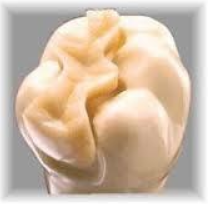
Inlays and onlays can often be used in place of traditional dental fillings to treat tooth decay or similar structural damage.
Inlays are used to fill in areas within the tooth’s cusps. A dental onlay is used to fill in a tooth when the damage includes the surface structure and one or more cusps.
While dental fillings are moulded into place within the mouth during a dental visit inlays and onlays are fabricated indirectly in a dental lab before being fitted and bonded to the damaged tooth. This will need at least two visits to us. Porcelain can be hard wearing and long lasting, and it can be coloured to match your own teeth. This type of filling can be quite expensive.
4. Amalgam fillings
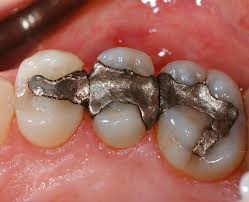
Amalgam fillings are silver coloured. They are made by combining mercury with other metals including silver, tin, copper alloy. This kind of filling is normally used on the back ‘chewing’ teeth. Before the filling can be placed, the area is prepared by removing all the decay and shaping the cavity to hold the filling in place. If the tooth is badly broken, we may need to place a small stainless steel pin/dentine pin to help secure the filling.
We are progressing towards mercury free fillings gradually so white resin fillings are better option. However currently on NHS only amalgam fillings are used on biting/occlusal surface of back teeth (starting from first premolar backwards). You have the option to get white resin fillings on the back teeth by paying privately for them.





